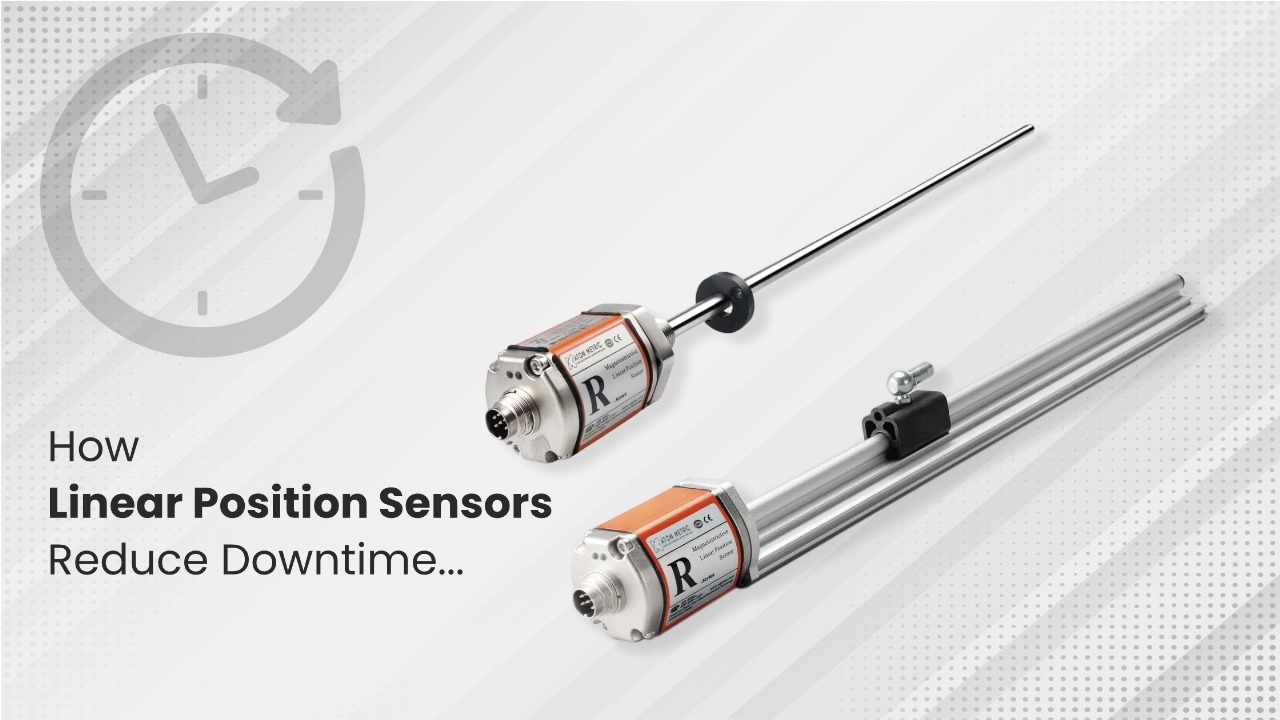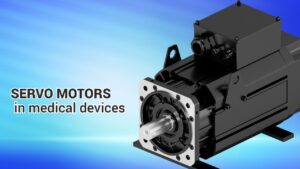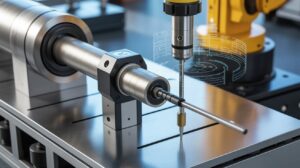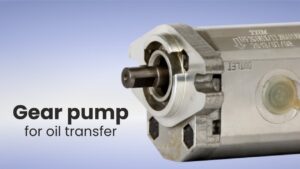Linear Position Sensors are an important part of heavy machinery today as they help ensure that the machine is accurate, there is minimal downtime, and that the equipment lasts longer. In industries such as mining, construction, and manufacturing, a couple hours of breakdown can result in significant losses. That’s where linear sensors, linear transducers, and linear displacement sensors come into play as having become essential. By providing frequent movement monitoring and feedback, these high accuracy linear sensors can help operators catch problems early and keep things running smoothly.
Why Downtime is a Major Problem in Heavy Machinery
- Lost productivity equates to delayed projects.
- Repairs are expensive, and typically require the replacement of large parts.
- Unexpected failures shorten the equipment life.
- Safety dangers are higher when machinery fails without warning.
Reducing downtime is no longer about cost savings, it is about being competitive in a challenging industrial environment.
How Linear Position Sensors Increase Reliability
1. Continuous Monitoring
Position sensors measure piston movement, actuator displacement or machine alignment in real-time so that operators can identify problems before they lead to breakdowns.
2. High Accuracy Feedback
Accurate information is transmitted to controllers by the use of high accuracy linear sensors. This ensures uniform performance, which is critical for industries that do heavy lifting, digging or pressing.
3. Predictive Maintenance
Linear sensors support predictive maintenance strategies. By identifying abnormal movements, maintenance can be scheduled in advance of failures.
4. Reduced Operator Error
Industrial position sensors reduce the likelihood of human error by automating feedback loops. This helps heavy machinery to work at the efficiency levels it has been designed for.
Use of Linear Position Sensors in Heavy Machinery
- Excavators & Loaders – Track excavator and arm movement.
- Cranes & Lifts – Move load to a precise location.
- Press Machines – Maintain pressure and stroke length.
- Agricultural Machinery – Maximize plowing, seeding and lifting.
These linear displacement sensors are fabricated in a way that makes them resistant to harsh environments, such that they are reliable in dust or mud or high temperature environments.
Benefits of Linear Transducers in the Industry
Increase the operational efficiency and safety
Reduced maintenance costs (detection of early faults)
Extend the life of equipment by less wear and tear
Increase automation using precise feedback
Assist in meeting safety standards.
Choosing the Right Linear Position Sensors
When you’re selecting sensors for heavy machinery, consider:
Accuracy Level – Accuracy to high level is required for robotics and CNC machines.
Durability – Have to withstand vibration, dust and changes in temperature.
Compatibility – Should be completely compatible with hydraulic systems.
Maintenance Needs – Select easy to install and replace sensors.
Tips for Making Sensors Work for You
For linear sensors, calibrate them regularly to make sure they’re still accurate.
Protect wiring from adverse conditions.
Use compatible controllers for precision signal processing.
Schedule inspections as a part of preventive maintenance.
Final Thoughts – Maximizing Uptime with Linear Position Sensors
Reducing Downtime for Heavy Machinery Requires Smart Monitoring Linear Position Sensors make that possible. By offering precision, durability and predictive insights, they assure machines are running longer with fewer failures.
For industries looking for linear sensor reliable solutions, linear transducers and industrial position sensors, Enquire now THM Huade. We offer state of the art sensor technology designed specifically for heavy machinery that can help you reach efficiency and long-term performance.
FAQs: Linear Position Sensor
Q1. What is linear position sensor used for?
It is used to measure displacement or movement of machine parts to ensure accuracy in heavy machinery and automation system.
Q2. What advantages and disadvantages of position sensors?
They provide a high level of precision and reliability and can be vulnerable to harsh environments or require regular calibration.
Q3. How do linear sensors work?
They detect linear motion and convert it to electrical signals to be monitored and controlled.
Q4. Are position sensors always linear resistor devices?
No, they can be resistive, inductive, capacitive or optical, depending on application.
Q5. What are the 4 major sensor types?
Resistive, inductive, capacitive and optical sensors are the major types used in industries.
Q6. How do you calibrate position sensors?
By comparing the values measured by the sensors with known values and adjusting it for accuracy.
Q7. What affects position sensor accuracy?
Temperature, vibration, electrical noise and mechanical misalignment can affect precision.



